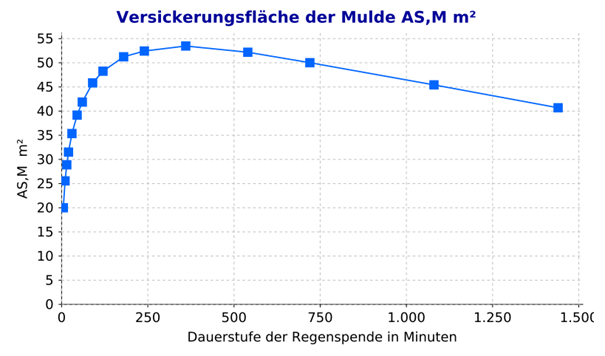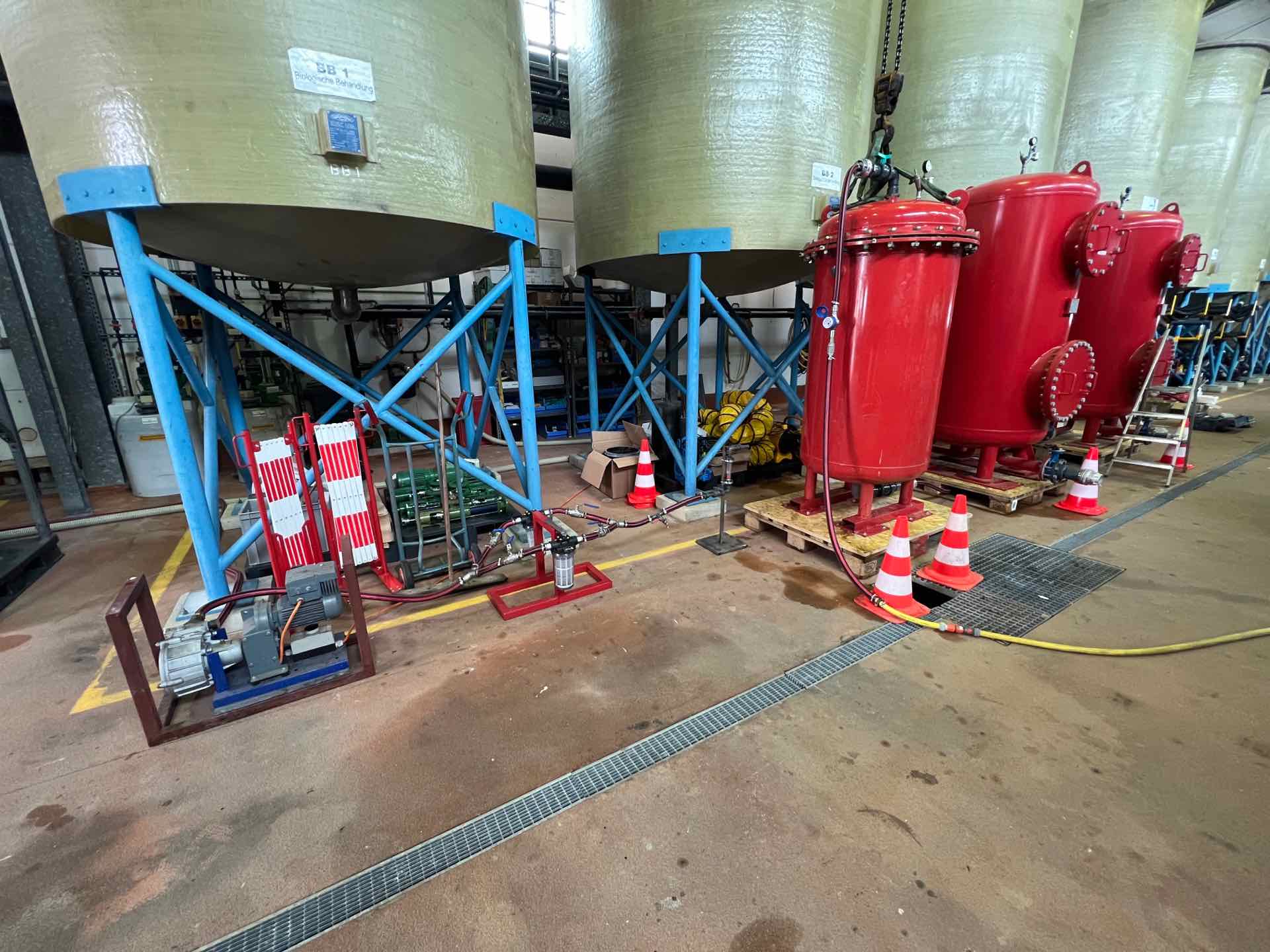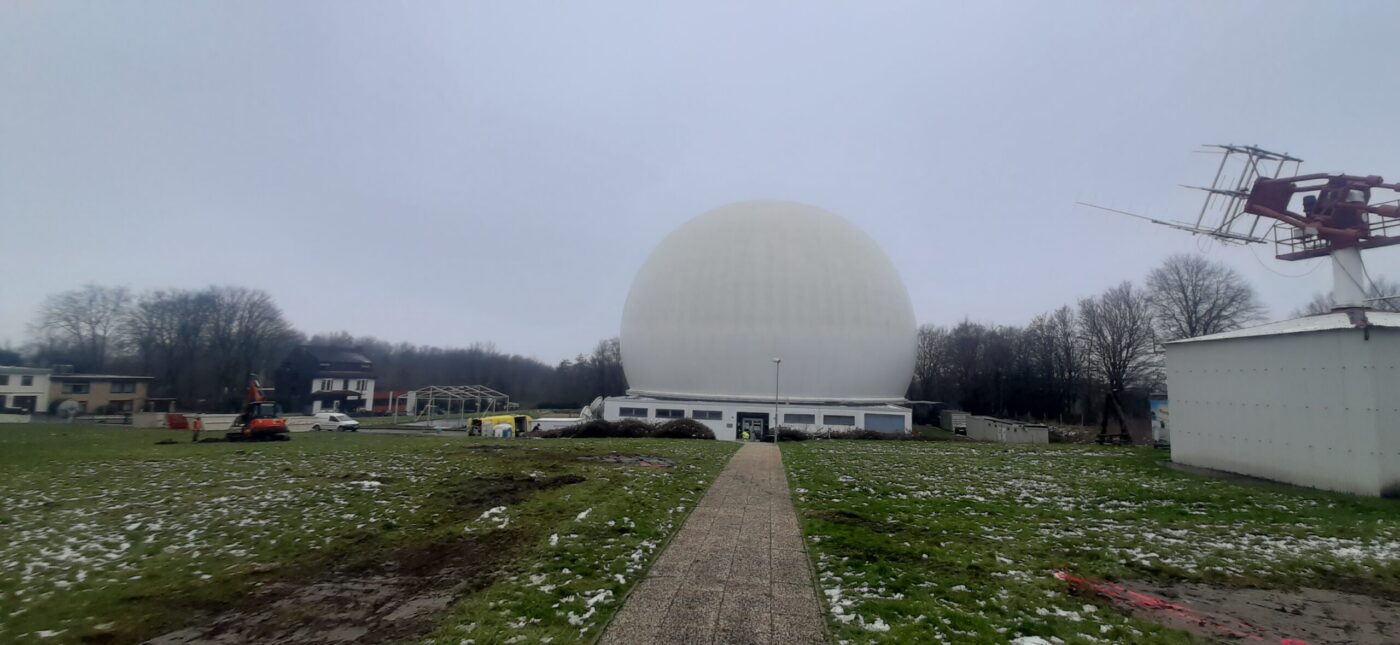The extension for the Forensic Science Institute (KTI) will be built at the Lower Saxony State Office of Criminal Investigation at Waterlooplatz 11 in Hanover city centre from this summer. For this purpose, part of the car park, which adjoins the existing office building at the rear, will have to be demolished. The former conference area and the old canteen extension have already had to make way.
A total of around 55,000 m³ of soil will have to be moved or disposed of as part of the excavation work. These batches must be declared and categorised in accordance with waste legislation prior to removal so that they can be sent to appropriately authorised disposal facilities. As there is not enough space available on site for such quantities to place the excavated material on piles and then sample it, the entire volume is to be sampled and analysed in advance in-situ using excavator trenches. Co-ordination meetings were held at the end of last year for this purpose. Coordinated by M&P Ingenieurgesellschaft mbH (M&P), the type and scope of the preliminary investigation was agreed with the lower waste authority of the Hanover region and the client's representative on site.
As a result, a total of 24 large excavator trenches are to open up the in-situ soil and samples are to be taken horizontally. Due to the great final depth of the excavation pit, the excavations have to take place on two levels. The first level, which extends to a depth of three metres below ground level, was already sampled in March of this year. The results will be provided to the civil engineering company before construction begins. Based on the documents, specific disposal facilities can be contracted before the actual start of construction, as the quantity and load classes of the excavated batches are already known from the preliminary investigation. This means that the approx. 55,000 m³ can be transported to the disposal company immediately after excavation, which saves a lot of time, money and space throughout the project.
A small section of the site will nevertheless be reserved as a staging area for the excavation. After all, the first two to two and a half metres are in the typical Hanoverian backfill, which dates back to the period after the Second World War. Surprises must always be expected here. This means that individual batches can also be made available on the construction site and examined more closely if necessary.
The entire excavation work is also supervised by M&P, always in close coordination with the region's waste management authority.
Last but not least, important new legislation must be taken into account in the project. On 1 August 2023, for example, the so-called "Mantelverordnung" will come into force and with it the Substitute Building Materials Ordinance included in it. This regulates the investigation and waste law assessment of mineral waste, such as the excavated soil in this case, and replaces the previously valid Communication 20 (M20) of the German Federal/State Working Group on Waste (LAGA). The date on which the ordinance came into force coincided exactly with the start of construction of the project and also required precise consultation with the supervisory authority.







